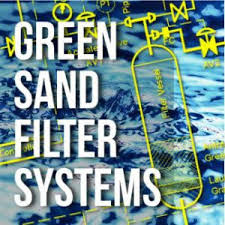Resolve the Problem of Waste by Adopting Sewage Treatment Systems NZ
If
you have planned to build a new house, you might for a flicker of time think
about the waste disposal system. If you are aware of Sewage Systems NZ, let me tell you that it is a facility that intends to collect
waste from domestic, industrial and commercial sources and remove materials
that damage the quality of water. This also compromises the environment and
public safety when discharged into water collecting system.
This
is the reason, one you seek for a sewage treatment plant as this will resolve
the issue of waste and protect both environment & the public health.
Materials to dispose with sewage
treatment system
Now,
there a numerous materials that enters into the sewage system from a typical
home. Here the lists is extensive and varies including food items from trash
disposal, cleaning products from drains and machines, soap, detergents, wastes
from toilets, and all other things accompanied by huge amount of water.
How to remove materials?
In
order to remove the waste materials so that the water used may be free from
contamination and used by people in the community, one will have many answers
depending on where they live. According to experts says, if your house is not
serviced by public sewage system, then the wastes be treated with septic tanks
that are buried someone outside the house. These tanks can hold as much of 1000
to 4000 litres of water. Wastes coming into the tank from one side and leaves
from other.
Objectives of Secondary Treatment
of Wastewater
The
main objective of Secondary Treatment
of Wastewater is to remove the
dissolved degradable and fine suspended organic matter that remains after major
treatment. Here the effluents will be given suitable for discharge thus
reducing the suspended solids to below 30 mg/litre and BOD to less than 20
mg/litre which is acceptable.
The
second objective is to reduce nitrification oxygen and ammonia toxicity demand
in the stream. This is achieved by oxidation of most of the ammonia to
nitrification.




Comments
Post a Comment